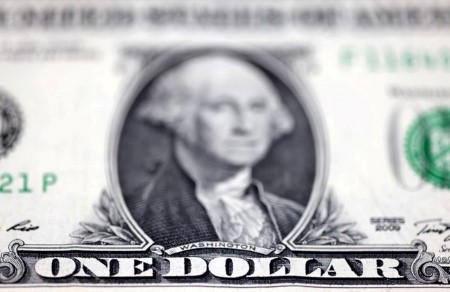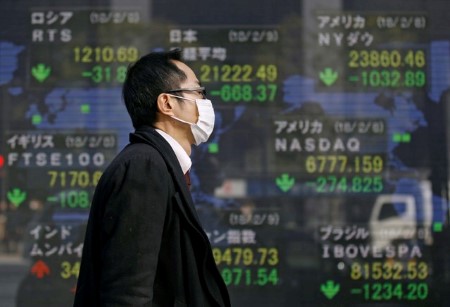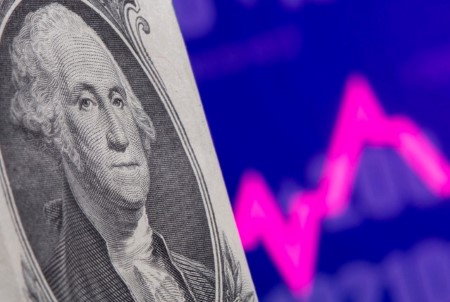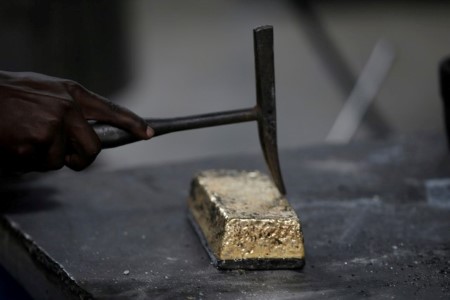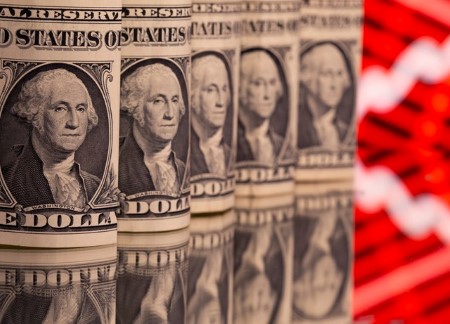Jan 11 – The dollar index rose on Thursday following unexpectedly strong US CPI and below-forecast jobless claims, but it pulled back from its highs as the initial rebound in Treasury yields faded amid a risk-off response from stocks.
Two-year Treasury yields swung from new intraday highs to negative territory as the S&P500 turned tail after nearly trading the 2021 record highs. Meanwhile, Fed rate cut pricing actually increased, somewhat at odds with the inflation data.
Comments from Cleveland Fed President Loretta Mester, who told Bloomberg TV that March was “probably” too early for a rate cut, failed to perk up Treasury yields. Mester also said she expects inflation will continue to fall this year and Thursday’s inflation didn’t change her view of where the Fed is on policy.
Comments from Richmond Fed President Tom Barkin also suggested more progress is needed on inflation.
EUR/USD’s initial rally on the US data was roundly rejected exactly at 1.1000, but the subsequent slide to 1.0930 brought buyers by the kijun and 30-day moving average.
At this point in New York afternoon trading EUR/USD is down 0.14%, as normally supportive higher 2-year bund-Treasury yield spreads were offset by demand for the haven dollar.
Germany’s IfW Kiel’s trade policy research center institute on Thursday said its trade indicator showed how Red Sea attacks were weighing more on European Union trade than the US
USD/JPY rose 0.1%, but was off earlier 146.41 highs that pierced key resistance at 146.00/10, the Dec. 13 dovish Fed day high and 50% of the November-December collapse. A close above those hurdles could put in play the 61.8% and 100-DMA at 147.47/39.
Thursday’s 145 low by prior resistance now offers good support.
Sterling was flat, with Thursday’s highs again coming up short of December’s 1.2925 trend high, though initial losses due the US data then retraced. The macro focus now shifts to UK CPI and US retail sales release on Dec. 17.
Aussie fell 0.5% amid risk-off flows and various geopolitical risks.
Friday’s data features China inflation, trade, total social financing, and FDI before the US overall and core PPI forecast of 0.1% and 0.2% month-on-month.
(Editing by Burton Frierson; Randolph Donney is a Reuters market analyst. The views expressed are his own.)







 DOWNLOAD
DOWNLOAD




